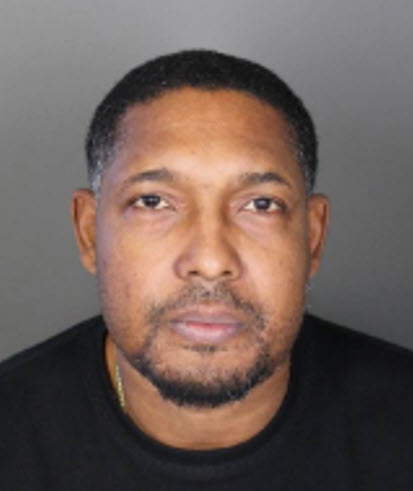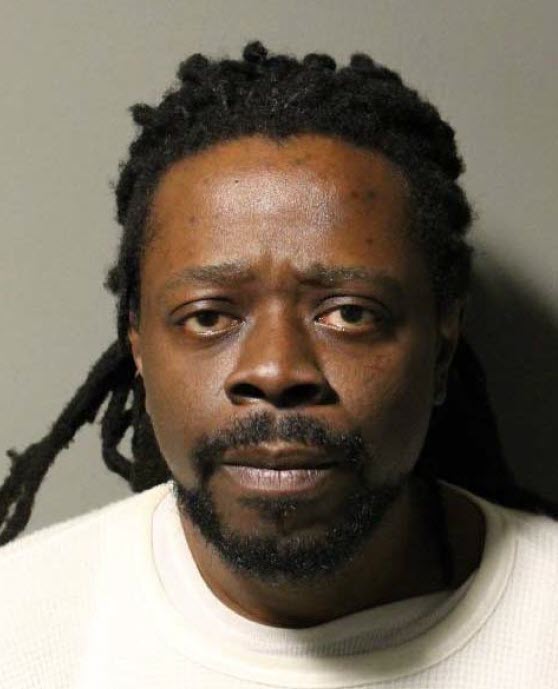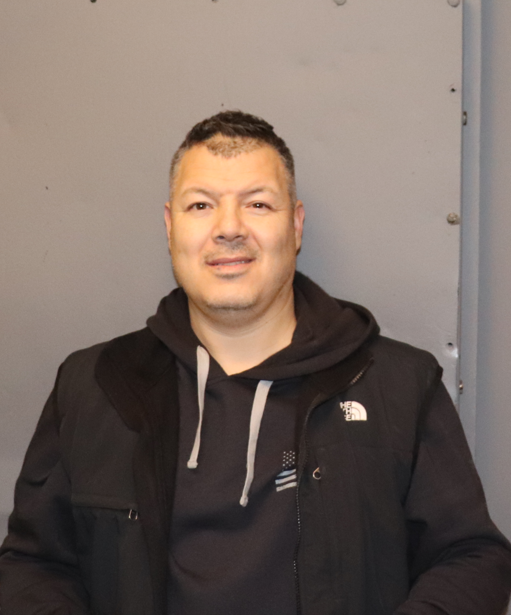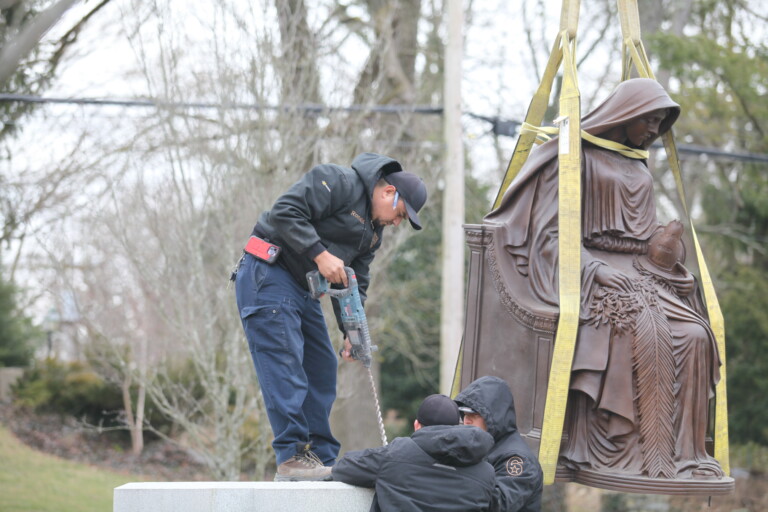LETTER: RHS ’24 Grad on the Use of Facial Recognition Tech by Rye PD
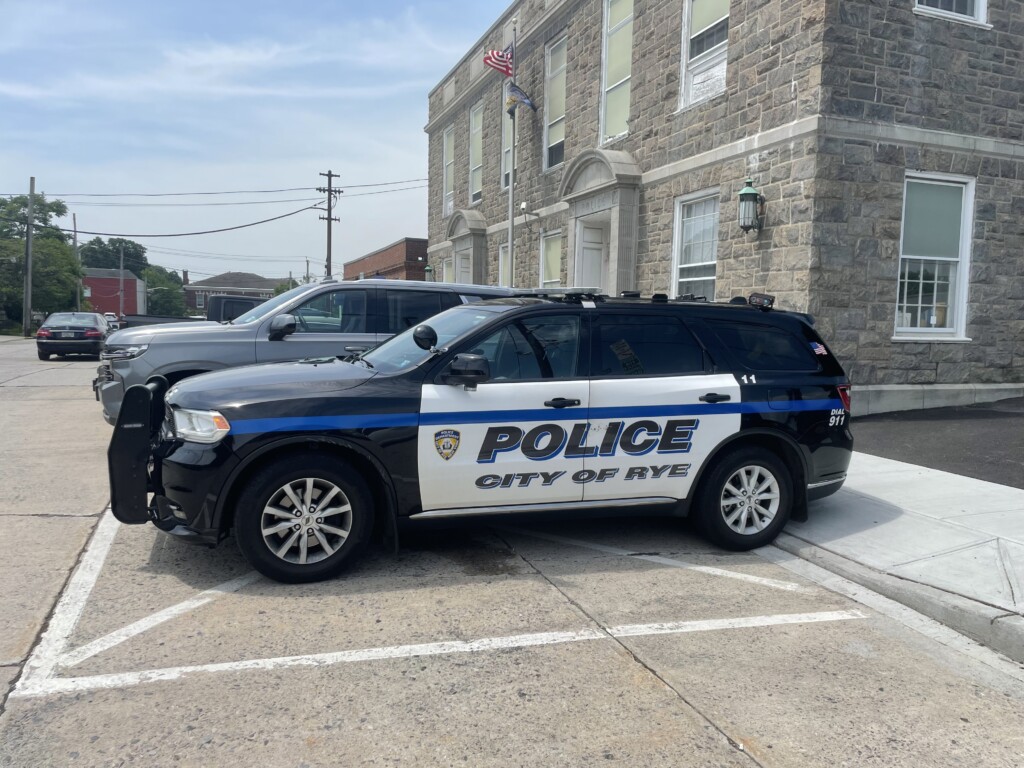
In a letter to MyRye.com, Matthew Templeman, a Rye High School ’24 graduate and student at Santa Clara University in computer science and engineering, expresses concern about the use of facial recognition technology by the City of Rye Police Department. He spoke with the Public Safety Commissioner Mike Kopy when researching the topic and representing his view in the letter. Templeman interned with MyRye.com in 2023.
By Matthew Templeman

From New York City to Detroit to Dallas, facial recognition technology has made its way into the hands of law enforcement agencies around the country. Facial recognition is a controversial technology that allows the identification of a person from a photo or video of their face. And now, facial recognition has made its way to my hometown of Rye, New York. This is despite the fact it has been banned by many US cities, and the facial recognition database Rye is using, Clearview AI, has been sued by the ACLU and found unlawful by multiple EU nations.
Curious and concerned about the technology, I spoke with Rye’s public safety commissioner, Michael Kopy, to discuss the way Rye uses facial recognition. I presented him with questions, rebuttals, and statistics. He didn’t budge. His rationale was simple: if the technology can help solve crime, it should be used. He argued he took an oath to uphold the law and the technology helps him do that.
In Rye, the usage of the technology is rather limited and puts some of my concerns to rest. The tech is only being used on a case-by-case basis and not being used to broadly surveil the community. Here is how it is being utilized. Let’s say a person breaks into your home. You would provide an image of the burglar—from your Ring camera, perhaps—to the police. The police would then put that image into the Clearview AI database and identify the burglar. (It’s worth noting Mr. Kopy made it clear to me that facial recognition will never be the sole reason for an arrest.)
Yet, I still find issues with this technology and am concerned with Rye’s implementation. Firstly, facial recognition has been shown to be less accurate when dealing with black faces. When I asked Mr. Kopy if this concerns him, he decided to leave that up to me. I was not provided with a response. I believe we deserve one. Whether it is Robert Williams, a black man who was unjustly arrested in Detroit after being falsely identified by facial recognition, or Randal Quran Reid, another black man who was falsely arrested after Louisiana police used Clearview AI (the same provider Rye is using) to issue an arrest warrant, facial recognition perpetuates racist policing.

When asked generally about the technology’s potential unreliably, Mr. Kopy replied by saying that policing has always had the ability to be inaccurate—perhaps someone writes down an incorrect license plate number or misidentifies a suspect’s vehicle. While this is true, these are honest errors made by humans that police officers can likely dismiss. If a person provides a license plate number that does not exist or doesn’t make sense in the context of the moment, the police would quickly identify that as inaccurate.
However, when using facial recognition, police departments often put inordinate weight on the tech, leading them to disregard evidence that contradicts the scan. This is likely what occurred in the false arrest of Randal Quran Reed—the police failed to consider that Mr. Reed never actually visited the state of Louisiana where he was accused of theft. And this inaccuracy is only exacerbated by the fact that few people—including the Rye police department—understand exactly how the technology works and its potential limitations.
Additionally, police departments often utilize the tech in ways that compound its inaccuracy. According to the ACLU, a common practice the police use is to take potential image matches from the facial recognition software and put them in an ‘image lineup.’ In this image lineup are also ‘filler photos’—photos of people not from the facial recognition scan. The police will then ask an eyewitness to identify the suspect from this lineup. In an article by the New Yorker, Nathan Wessler then surmises that when an eyewitness is “shown a lineup in which the only person who resembles the culprit is the algorithm’s choice—they will likely confirm a false match.” (Paraphrase: when an eyewitness is shown an image lineup in which the only photo that looks similar to their memory is the possible facial recognition match, they are likely to pick that image even if that’s not the correct person.)
In an article by the Rye Record, Mr. Kopy says that the technology’s inaccuracy would be “too small to be of consequence in a community like Rye.” Maybe, but what if, against the odds, the tech does prove to be of consequence and leads to a wrongful arrest? We deserve more than statements regarding technology that has the power to derail people’s lives. We deserve policy, guidelines, and statistics—all of which are not currently found on the Rye PD website. Or, until more research has been done on facial recognition and its limitations, Mr. Kopy should do the same as neighboring towns like Mamaroneck or Port Chester and not use it. (Source: I called both PDs to ask if they use the technology—they both said no.)
I ended our conversation by switching the subject to another controversial part of policing, that being the militarization of police. I asked Mr. Kopy if Rye is a part of the 1033 program, which allows police departments to obtain military equipment, meaning a police department can now own a tank and grenade launcher. He, enthusiastically, replied yes. And that is great, he says. It allows him to get hold of gear for free that keeps his community and his officers safe. When he noticed my displeasure with Rye’s participation, he asked me if I would support it if I was the one in danger, the one that needed his help.
While this is a fair point—there are certain situations in which ‘military style’ gear would be useful (perhaps shootings or bomb threats)—the program is criticized because it ‘militarizes the police.’ When police look less like civilians and more like the military, it changes the perception of the police from approachable to that of an invading force. For example, imagine walking down the street, and you see police officers riding in a Humvee sporting a bazooka and grenade launcher. It’s an image that makes the police seem against the civilians they swore to protect. And it also changes the attitude of the police officers—it makes them more aggressive, assertive, and violent. (These are not my adjectives, but instead the adjectives of police officers themselves describing this phenomenon in a study done by Arthur Rizer)
So, when Mr. Kopy is proud of attaining this equipment, it deeply concerns me. And upon investigation, Rye is actually a highly militarized police department, significantly more militarized than nearly all towns around it. According to the most complete database of the 1033 program I could find, the Marshall Project, published in 2014, revealed that Rye received $846,977.44 worth of military gear. Now let’s compare that to neighboring towns. New Rochelle received $73,670.00 in gear. Stamford, with a population of 8x Rye, received $200,458.00. Even on the higher end, Harrison received around half of Rye—despite having double the population—at $475,405.34. Laughably, Rochester—which has a population of over 12x Rye—received less than Rye at $689,000.00 . There are few towns in the database that received as much as Rye. And these numbers are likely higher now since the publication of the study in 2014. (I recognize this database is outdated and things might have changed, but regardless, Rye received a much larger amount of military gear than neighboring towns until 2014.)
When you combine all these facts, it’s clear Rye has become a rather radical police department. It’s an anomaly both with its use of facial recognition and military gear. I fear Rye now has the capability to both violate its citizens’ civil liberties with facial recognition—with the possibility of false arrests—and also turn the police department into a militarized force with its use of military gear that is known to make police officers less approachable and more aggressive. And even though I doubt Mr. Kopy will let this happen—he seems like a reasonable guy—what if the next public safety commissioner is more brazen with the use of these resources?
I hope we’ll never have to find out.
*I’d like to thank Mr. Kopy for his time. A note about citations. I decided to cite my sources by hyperlinking them in the article as opposed to using MLA format.

